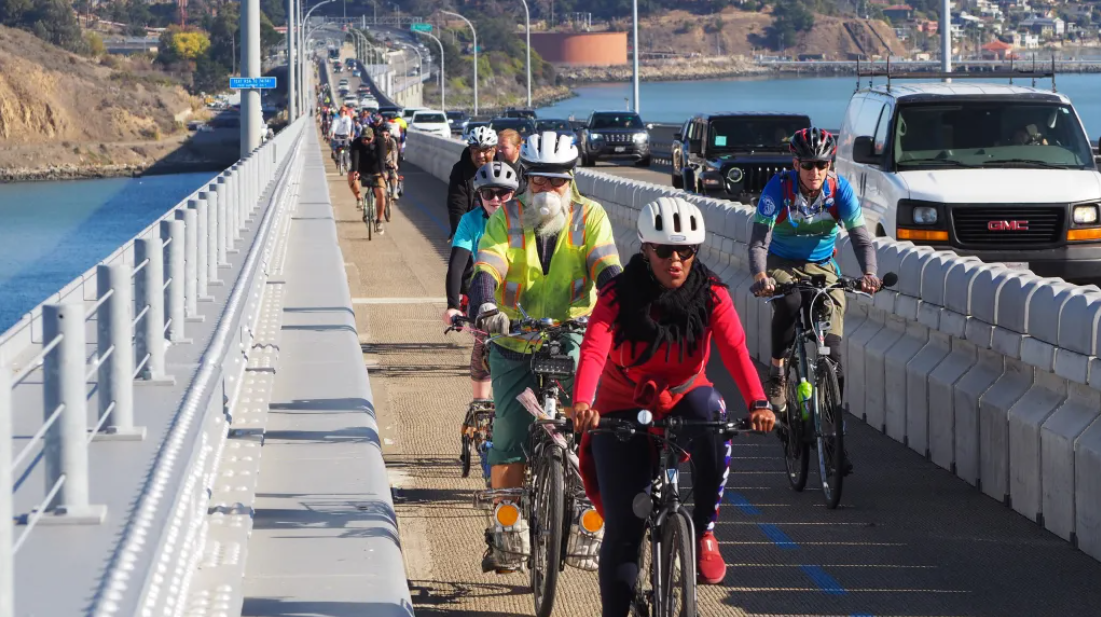In 2004, Salt Lake City faced a challenging question: How do you fit 1.4 million additional residents into a region hemmed in by mountains on the east and water on the west? In the course of solving that problem, the city ended up answering several other head-scratchers, like: How do you get buy-in for smart-growth policies from conservatives wary of urbanism? And, how do you make new greenfield development both sustainable and wildly popular?
At the Rail~Volution conference last week, Andrew Gruber, executive director of the Wasatch Front Regional Council, showcased the transit-centered solution that’s now propelling development in Utah’s capital city.
If official projections are right, the high quality of life and thriving economy of the Wasatch Front could invite population growth of more than 65 percent by 2040.
If the region continued along current growth trends, Gruber explained, it would add more than 300 square miles of development to meet the housing and commercial demand by 2040. Vehicle miles traveled would nearly double, from 49 million to more than 90 million per day, by 2030. By 2020, the cost of new infrastructure could balloon to more than $26 billion.
In just a few decades, a region known for its open space and outdoor lifestyle would be a mighty congested and costly place to call home.
So, in 2004, the state’s two largest MPOs came up with a comprehensive plan for growth and development in the four-county region. “The Wasatch Choice for 2040″ prioritizes housing and transportation choices — and earned a $5 million Sustainable Communities Planning Grant from HUD in 2010.
Now, Salt Lake City is investing more, per capita, in new public transit than any other metro area in the country, and exporting ideas to the rest of the country.
Starting in 2005, citizens and planners in the Wasatch Front evaluated different scenarios for growth, looking at the long-term consequences of each development pattern. Perhaps surprising for such a conservative state, the consensus that emerged included a set of progressive growth principles focused on efficient infrastructure, transportation and housing choice, and coordinated planning.





